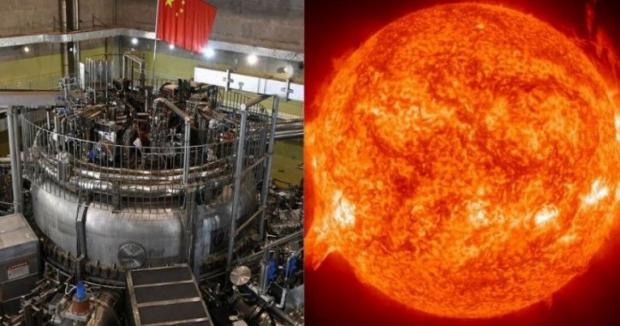
Breaking News
 Panic sets in as revealing map shows only SEVEN metro areas across the entire United States...
Panic sets in as revealing map shows only SEVEN metro areas across the entire United States...
 White House Amplifies Shocking Claims Of US Super Soldiers Deployed In Maduro Raid
White House Amplifies Shocking Claims Of US Super Soldiers Deployed In Maduro Raid
 Contrasting Chinese and US power plays in Venezuela and beyond
Contrasting Chinese and US power plays in Venezuela and beyond
 Why You Shouldn't Believe In A Full-Spectrum Crash
Why You Shouldn't Believe In A Full-Spectrum Crash
Top Tech News
 Superheat Unveils the H1: A Revolutionary Bitcoin-Mining Water Heater at CES 2026
Superheat Unveils the H1: A Revolutionary Bitcoin-Mining Water Heater at CES 2026
 World's most powerful hypergravity machine is 1,900X stronger than Earth
World's most powerful hypergravity machine is 1,900X stronger than Earth
 New battery idea gets lots of power out of unusual sulfur chemistry
New battery idea gets lots of power out of unusual sulfur chemistry
 Anti-Aging Drug Regrows Knee Cartilage in Major Breakthrough That Could End Knee Replacements
Anti-Aging Drug Regrows Knee Cartilage in Major Breakthrough That Could End Knee Replacements
 Scientists say recent advances in Quantum Entanglement...
Scientists say recent advances in Quantum Entanglement...
 Solid-State Batteries Are In 'Trailblazer' Mode. What's Holding Them Up?
Solid-State Batteries Are In 'Trailblazer' Mode. What's Holding Them Up?
 US Farmers Began Using Chemical Fertilizer After WW2. Comfrey Is a Natural Super Fertilizer
US Farmers Began Using Chemical Fertilizer After WW2. Comfrey Is a Natural Super Fertilizer
 Kawasaki's four-legged robot-horse vehicle is going into production
Kawasaki's four-legged robot-horse vehicle is going into production
 The First Production All-Solid-State Battery Is Here, And It Promises 5-Minute Charging
The First Production All-Solid-State Battery Is Here, And It Promises 5-Minute Charging
China's 'Artificial Sun' Brings Nuclear Fusion One Step Closer, Breaking World Record

In its quest to develop unlimited green energy, the EAST Fusion Facility in Heifei, China recently created a plasma gas that was heated to 120° million Celsius—that's three-times hotter than the sun—and kept it there for 101 seconds before it dissipated, setting a new world record both for heat and duration.
"The breakthrough is significant progress, and the ultimate goal should be keeping the temperature at a stable level for a long time," said Li Mao, director of physics at Southern University of Sci-Tech in Shenzhen.
The previous record was 50° million Celsius, held by the scientists working at the fusion reactor in South Korea.
Flying cars, jetpacks, bullet trains—there are a lot of classic Sci-fi tech landmarks that we've reached, but a nuclear fusion reactor, essentially an artificial sun, is currently just considered plausible.
Borrowing the physics from reactions in the center of the sun, a thermonuclear fusion reactor squeezes hydrogen into helium, creating a dream of unlimited green energy, as the amount of deuterium, a version of hydrogen, found in 1 liter of seawater could produce as much energy as 300 liters of gasoline.

 Storage doesn't get much cheaper than this
Storage doesn't get much cheaper than this

